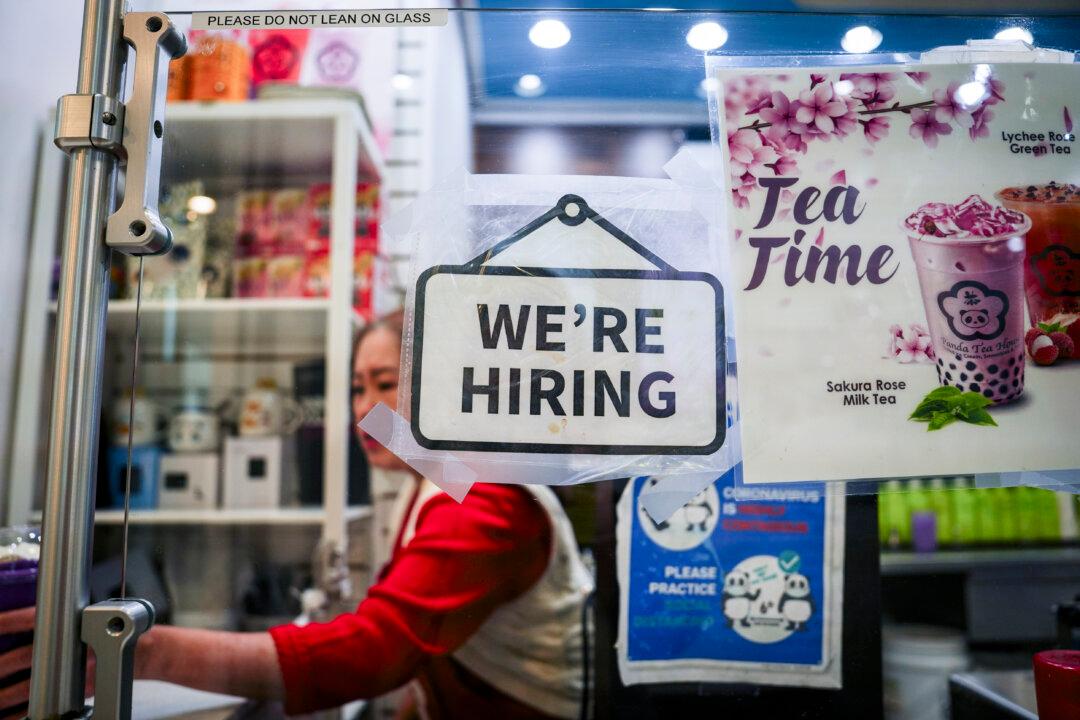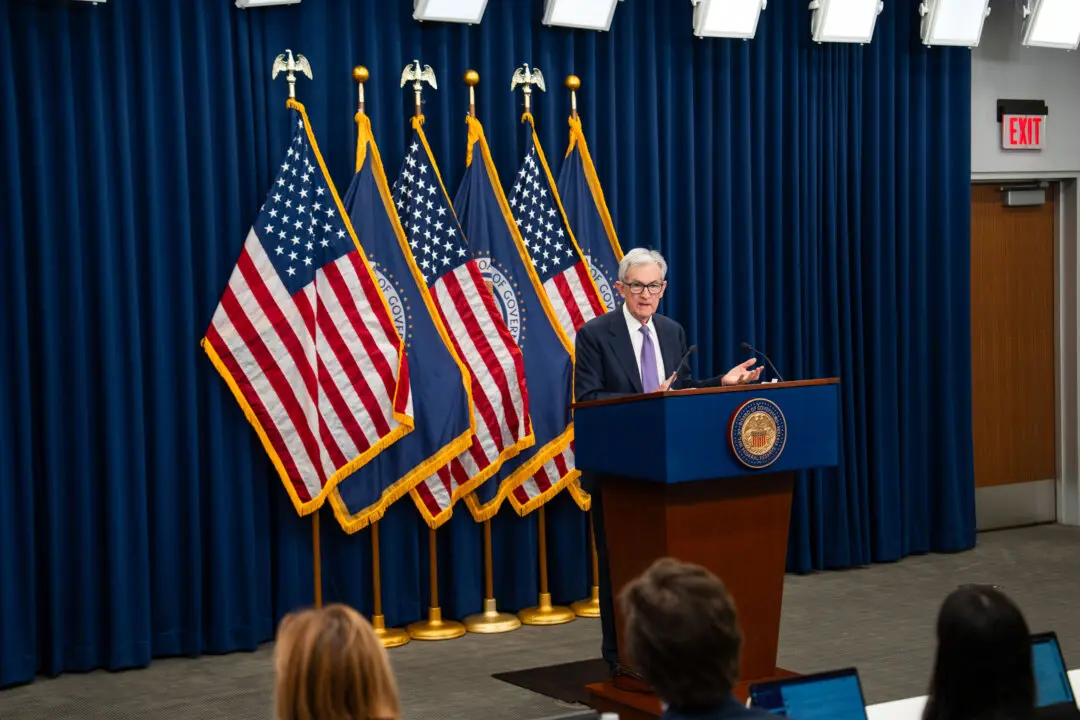The People’s Bank of China (PBOC) was the world’s top central bank gold buyer in 2023, raising its yellow metal reserves by 225 tons throughout the year, according to new data from the World Gold Council (WGC). This marked the biggest single-year haul of gold since 1977.
To finish the year, the PBOC’s gold reserves stood at 2,235 tons, representing about 4 percent of the country’s massive $3.22 trillion international reserves.





